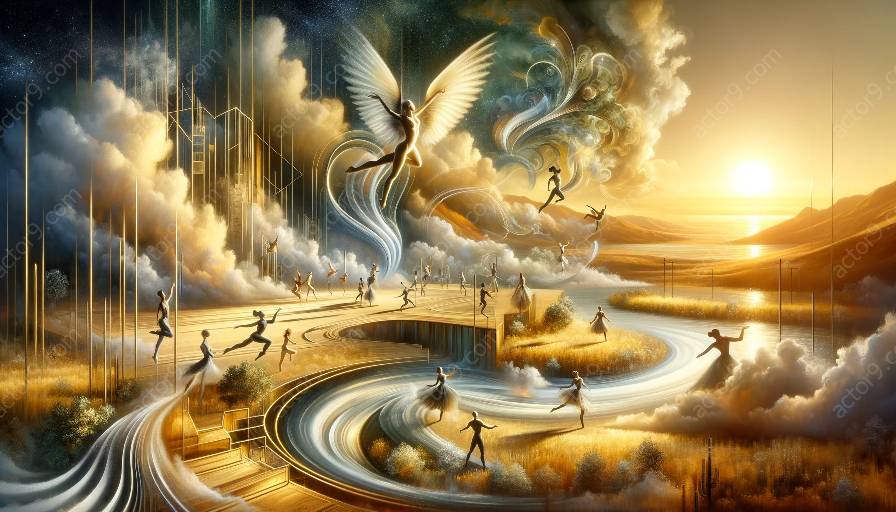Physical theatre and circus arts intersect in remarkable ways, influencing the choreography of circus performances. This topic cluster delves into the impact of physical theatre on circus choreography and explores how physical expression and storytelling shape circus arts.
The Intersection of Physical Theatre and Circus Arts
Physical theatre and circus arts share a profound connection in their emphasis on physical expression, movement, and storytelling. Both art forms encapsulate the power of the human body as a tool for performance, often combining acrobatics, dance, and theatricality to captivate audiences.
Understanding Physical Theatre
Physical theatre is a form of performance that emphasizes the use of the body to convey emotions, narratives, and ideas. It often integrates elements of dance, mime, and expressive movement, transcending conventional dialogue-based storytelling.
The Influence of Physical Theatre on Circus Choreography
Physical theatre significantly influences the choreography of circus performances by infusing them with storytelling, emotion, and a heightened sense of theatricality. The integration of physical theatre techniques in circus acts allows performers to convey narratives and evoke powerful emotions through movement.
Embracing Movement as a Narrative Tool
Incorporating physical theatre principles into circus choreography enables performers to use movement as a language, effectively communicating complex narratives and themes. This integration adds depth and richness to circus performances, transforming them into immersive storytelling experiences.
Exploring Emotional Depth and Expression
Physical theatre encourages circus performers to channel their emotions and expressivity through movement, resulting in performances that resonate on an emotional level. This integration brings a heightened sense of authenticity and vulnerability to circus acts, captivating audiences with genuine, profound expressions.
Enhancing Theatricality and Artistic Expression
By infusing circus choreography with physical theatre elements, performers can elevate their acts into compelling, artistic performances. The incorporation of theatrical techniques such as character portrayal, symbolism, and physical storytelling adds layers of depth and meaning to circus shows, captivating spectators with immersive, multidimensional experiences.
Shaping the Future of Circus Arts
The intersection of physical theatre and circus arts continues to redefine contemporary performance, fostering innovation and artistic evolution. As circus performers embrace the principles of physical theatre, they are redefining the boundaries of traditional circus choreography, pushing the art form to new creative heights.
Conclusion
Physical theatre's profound influence on circus choreography transcends mere movement and aesthetics—it breathes life into circus performances, infusing them with narratives, emotions, and artistic expression. As the intersection of physical theatre and circus arts evolves, it catalyzes the emergence of boundary-pushing, multidisciplinary performances that captivate and inspire audiences worldwide.




































